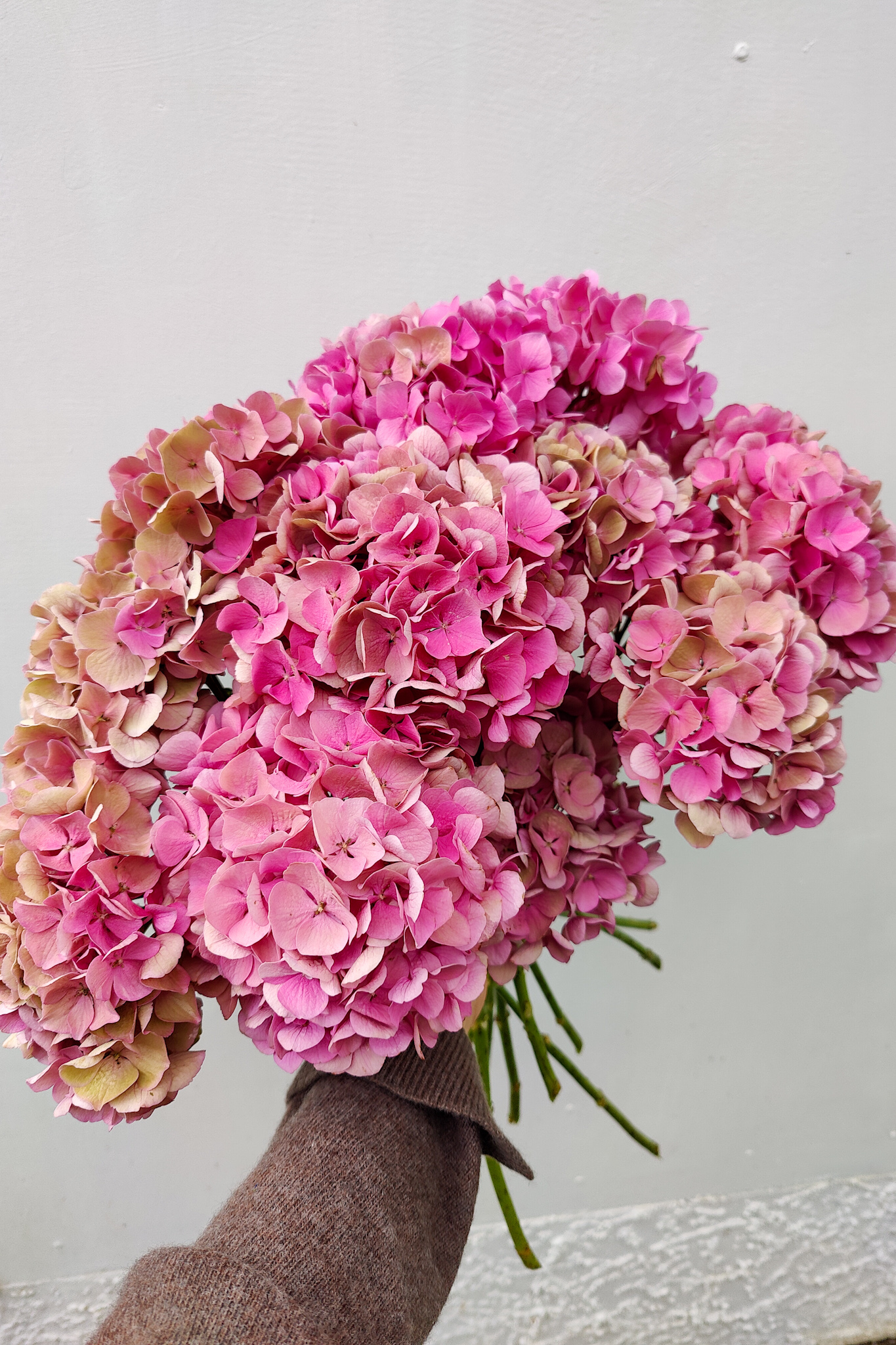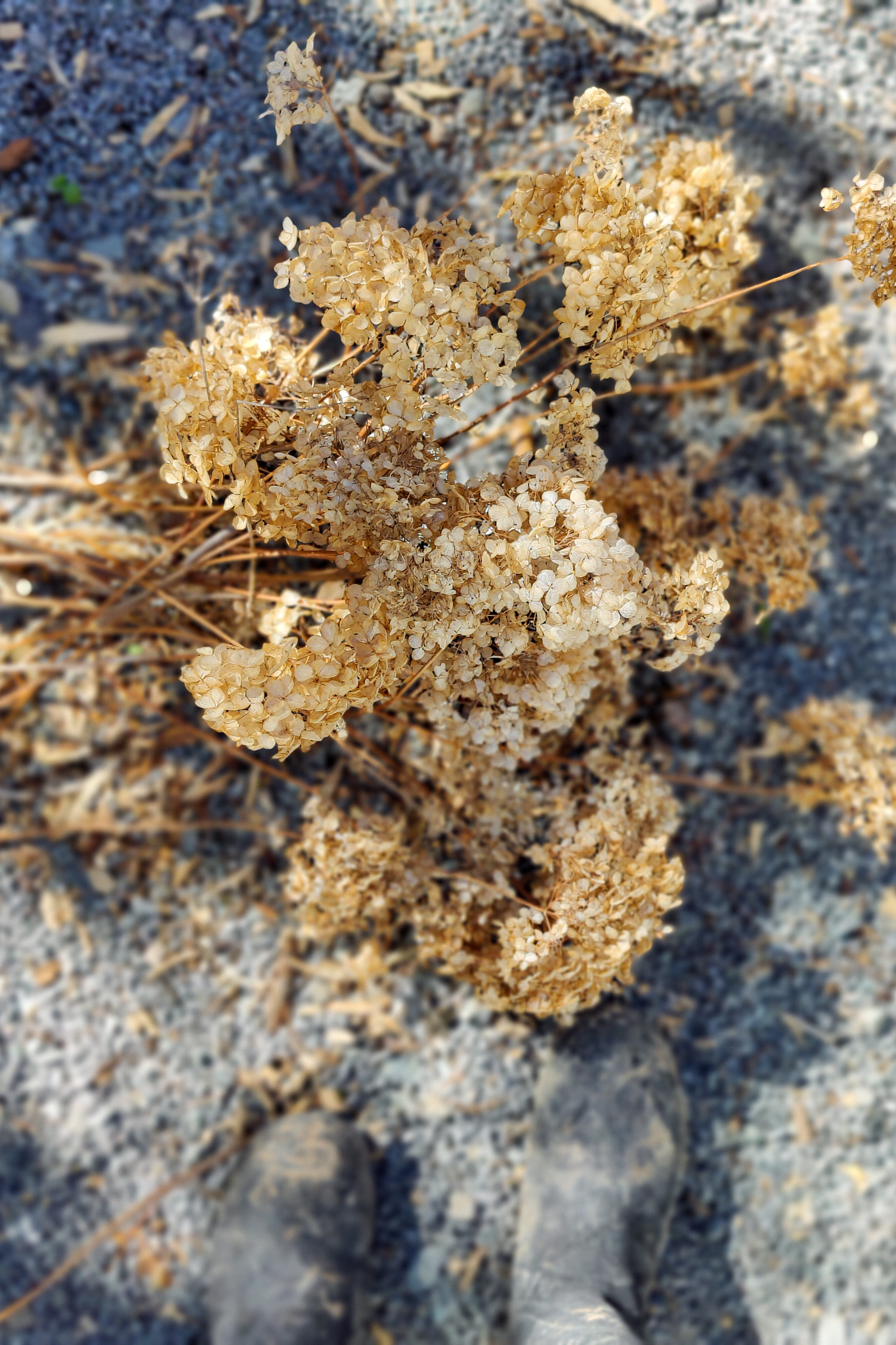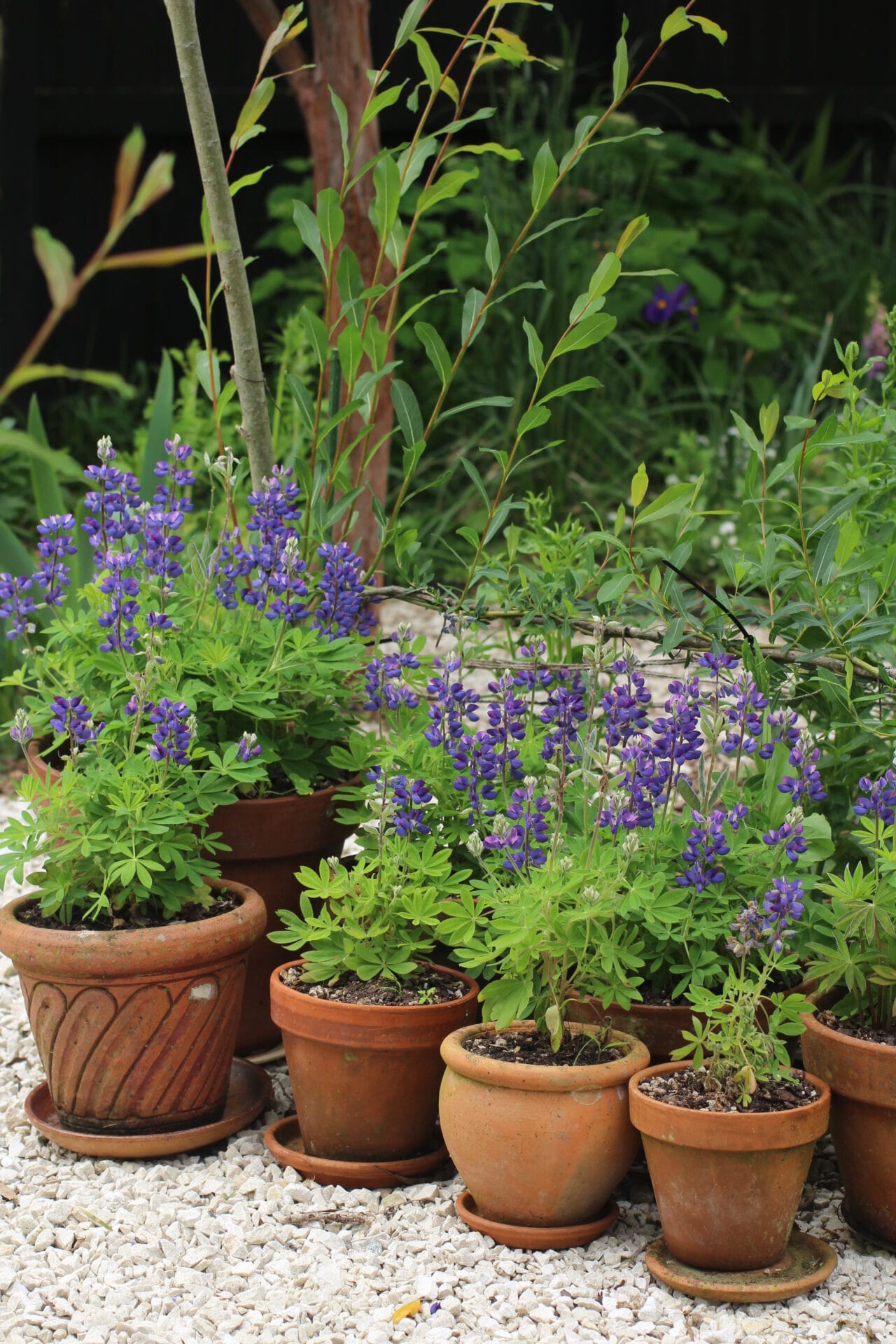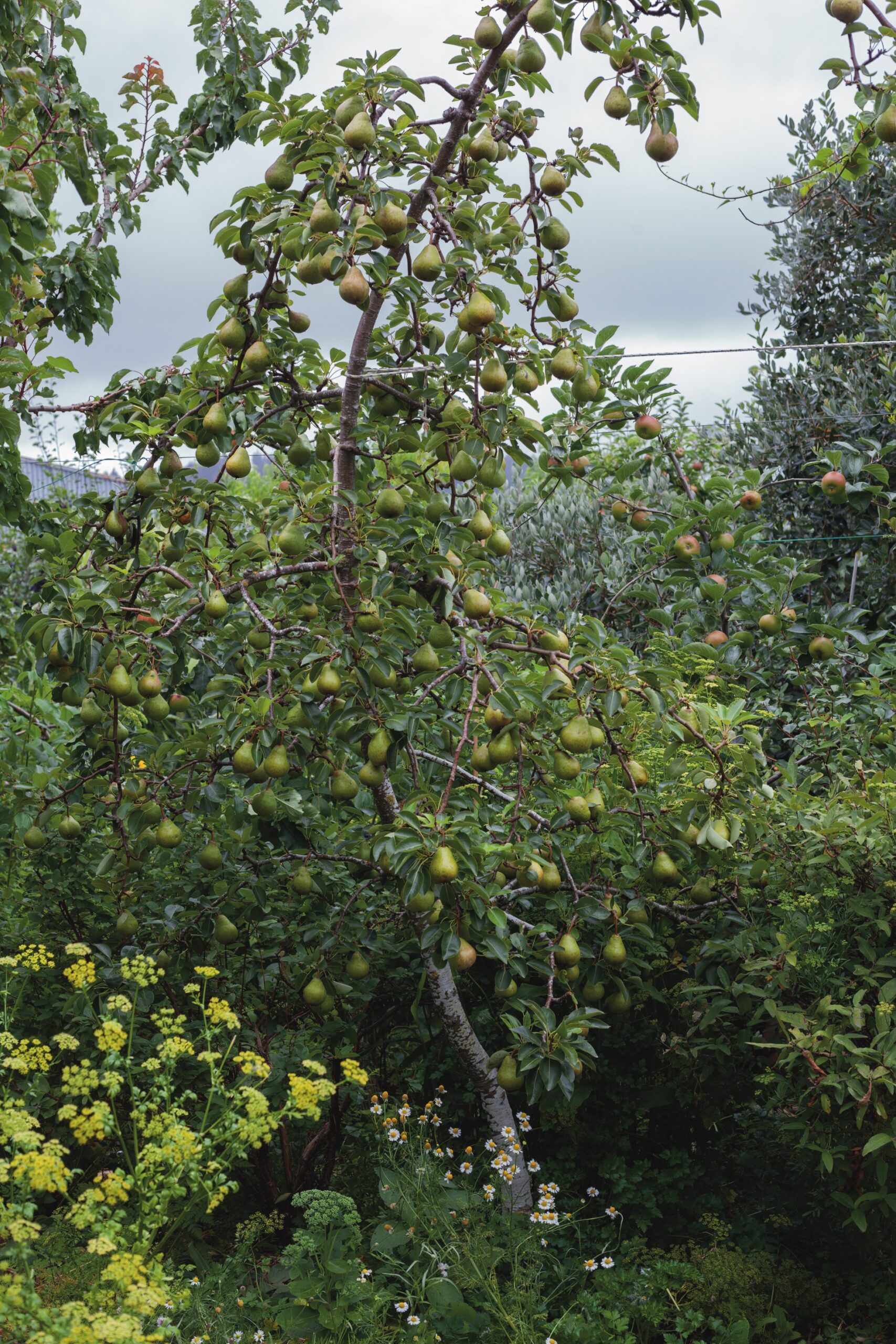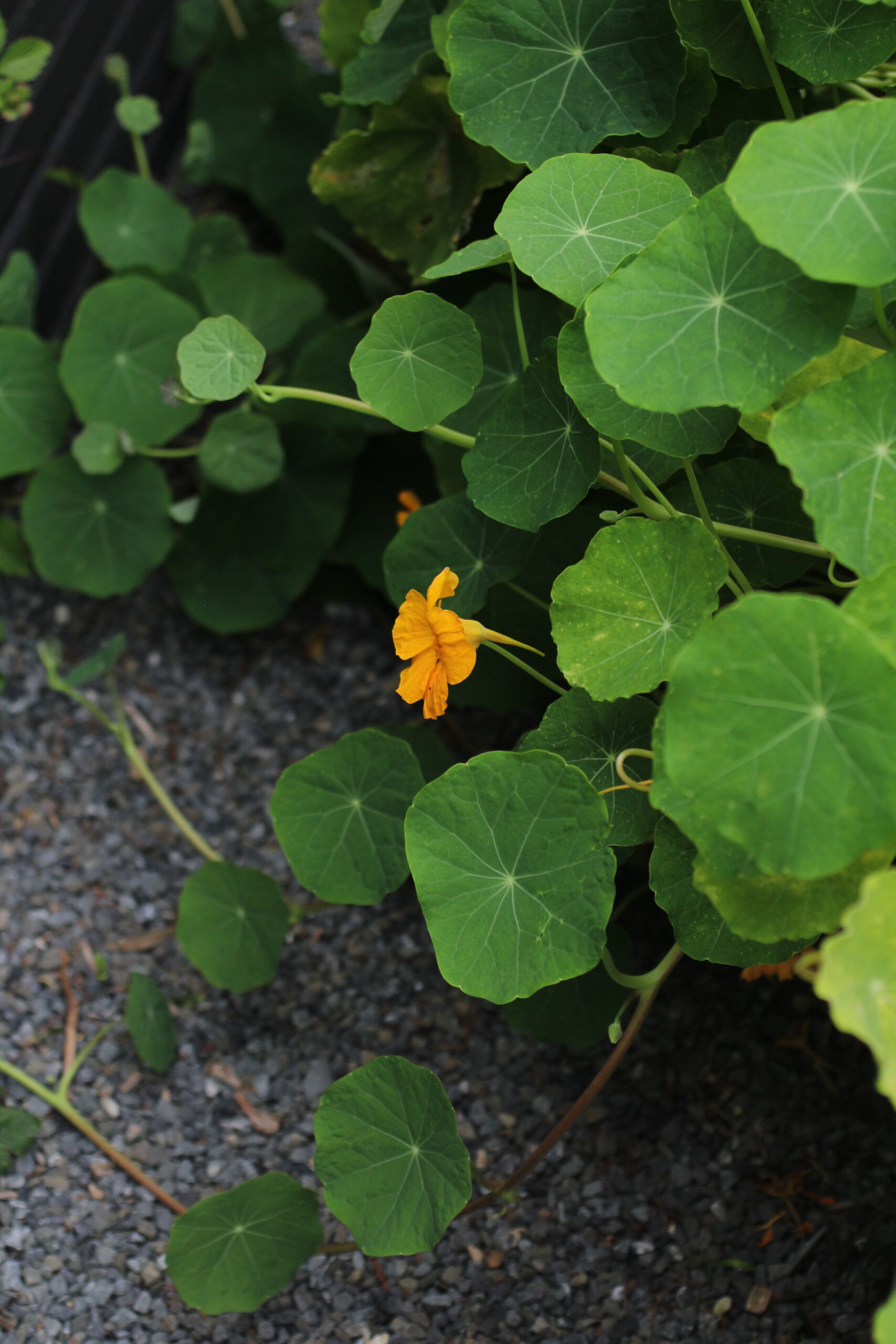Your cart is currently empty!
Pruning hydrangeas: When & how to cut back different varieties
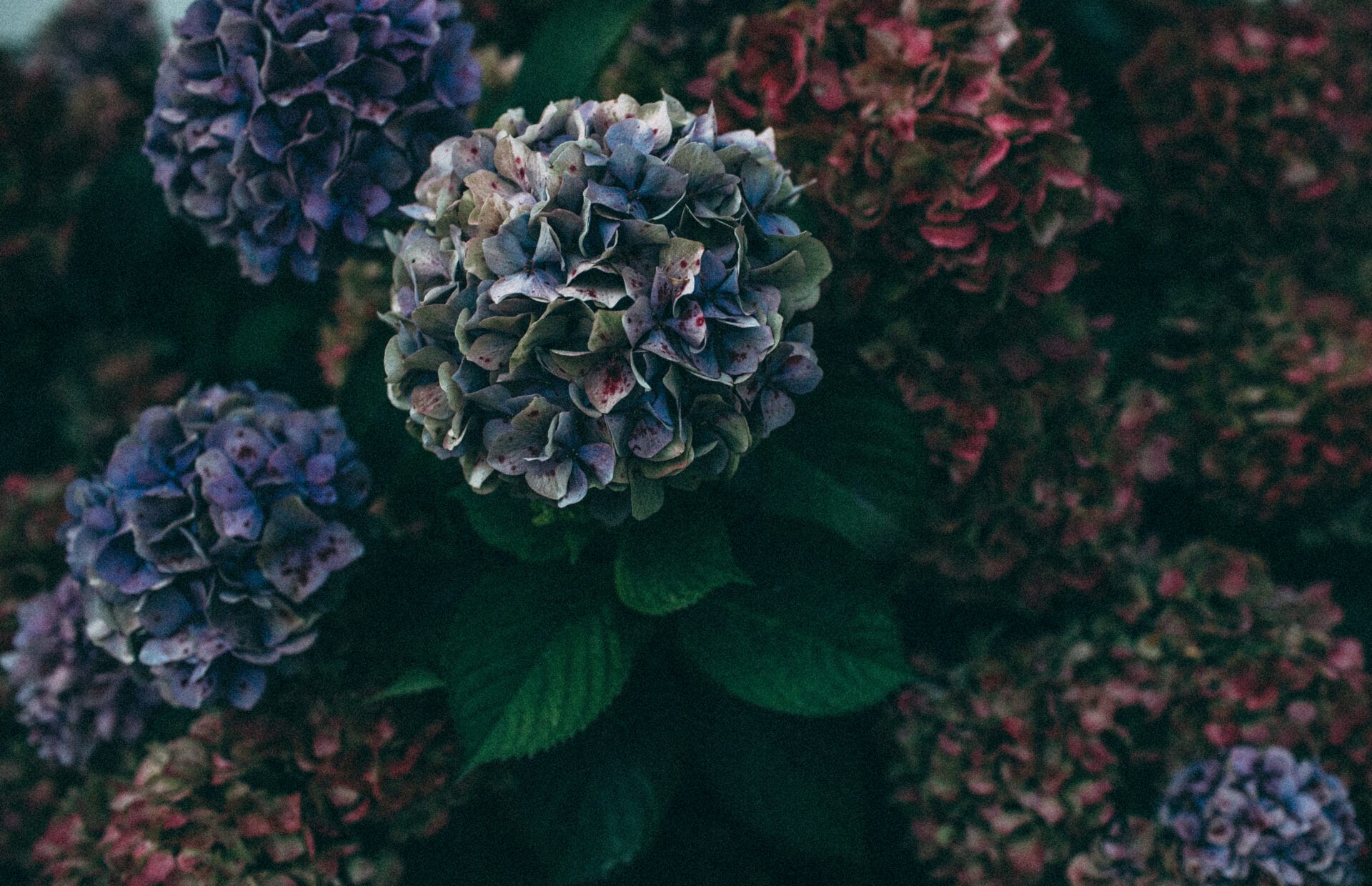
Pruning hydrangeas: When & how to cut back different varieties
A guide for how and when to prune the different types of hydrangeas.
The 2025 Winter Gardening Series is supported by Gubba Garden Store.
For many gardeners, August is the bleakest month. We’ve already endured weeks of winter weather, often meaning soggy gardens, and while spring feels tantalisingly close, it still lingers just out of reach – especially for our heat-loving veggies and annual flowers, who must wait until Labour Weekend to be planted.
But as we come close to the end of the winter season, we can start to see that the end of August brings a promise of what’s to come in the garden next season. Blossoms are bursting, daffodils and tulips are beginning to pop through, and flower buds are swelling on woody perennials.
If you haven’t already, late winter is the time for a big cutback in the perennial border. While the skeletons and seedheads may have provided winter interest, they are likely to have slumped under the weight of the damp, cold weather – and you may be feeling the itch to wipe the slate clean.
Cutting perennials back now will let in light and give fresh, new growth room to flourish. The perfect moment to tidy up our hydrangea plants – one of summer’s ultimate bloomers.
—
First image by Liv van Leeuwen
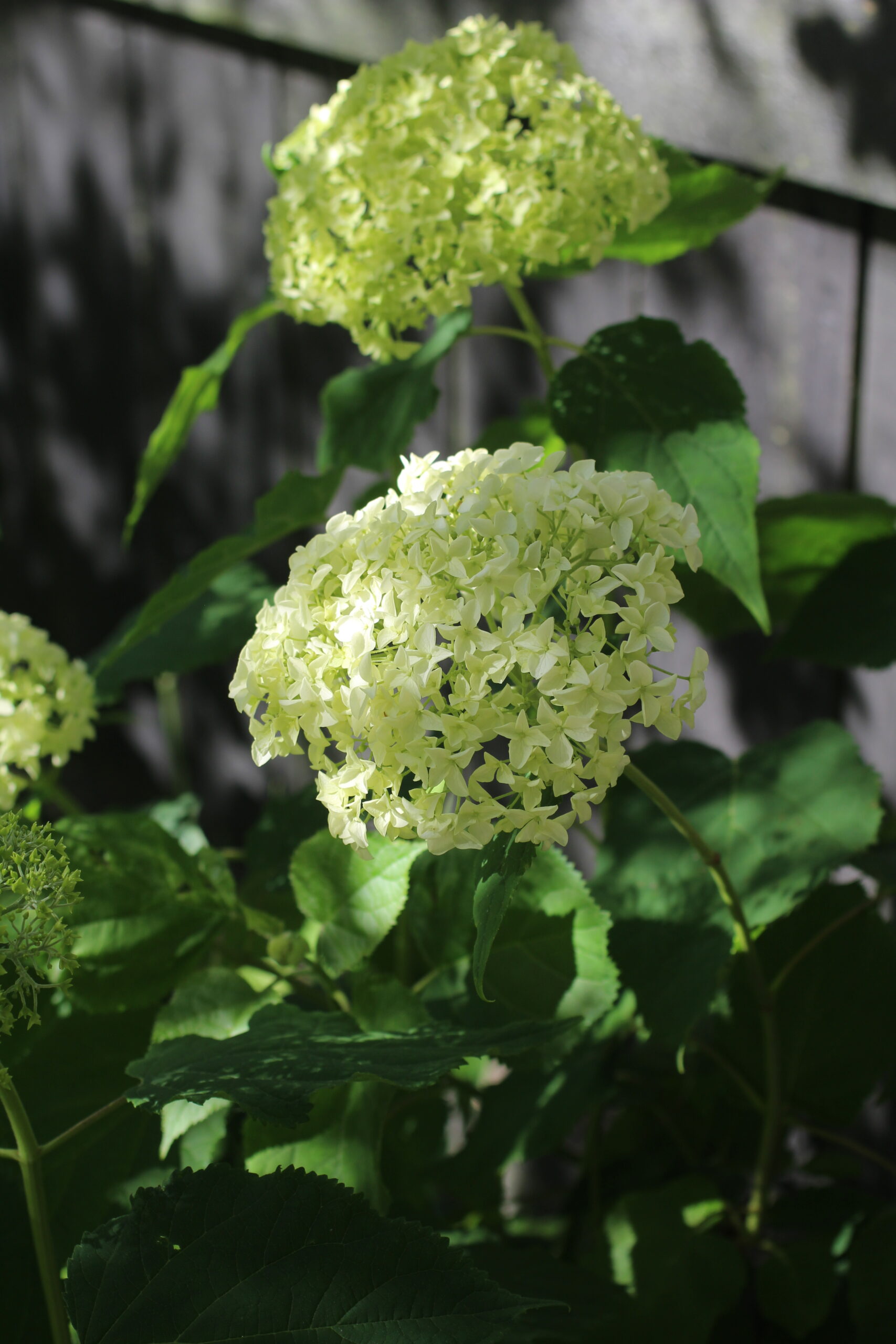
Different types of hydrangeas
Before we get started with pruning, it’s a good idea to understand each different type of Hydrangea – because each has slightly different habits and appearances. They also require different pruning techniques too.
Hydrangea macrophylla spp. (bigleaf hydrangeas)
Lacecap hydrangeas
Lacecap hydrangeas or Hydrangea macrophylla are easily recognised by their flat flower heads and open form, which makes them far more attractive to pollinators such as bees and butterflies. They are also the most shade-loving of the hydrangeas, making them perfect for woodland gardens.
Mophead hydrangeas
Mophead hydrangeas, also within the Hydrangea macrophylla species, are probably the most familiar and beloved of the hydrangea family. Their rounded, ball-shaped flower heads fill garden beds in summer, bursting in shades of pink or blue depending on soil acidity.
Hydrangea paniculata
A more modern variety, Hydrangea paniculata (panicle hydrangeas) have huge conical-shaped flower heads and one of the longest flowering seasons. Cultivars such as ‘Limelight’ or ‘Little Limes’ open up lime green, then fade from white through to dusky pink flowers as autumn unfolds.
Hydrangea arborescens
Hydrangea arborescens ‘Annabelle’ has become a favourite among garden designers thanks to her white, consistent and beautiful blooms. She resembles a mophead in shape, but flowers for longer, is hardy to cold temperatures and is resistant to pests and disease. ‘Annabelle’ has been heavily bred and her blooms are sterile, so it’s best to surround her with pollinator-friendly plants to support local wildlife.
Hydrangea quercifolia (oakleaf hydrangea)
Oakleaf hydrangeas are easily recognised by their distinctive leaves which resemble oak leaves from an oak tree. Their foliage adds as much to their charm as their blooms, turning brilliant shades of red, orange and purple in autumn. The flowers themselves are conical panicles, often starting white and fading to pink with age. Oakleaf hydrangeas are tough, drought-tolerant once established, and thrive in partial shade. They bring a long season of interest: spring through to autumn.
—
Most hydrangeas will thank you for a spot in the garden with morning sun and afternoon shade, though most varieties will tolerate full sun if the soil is kept consistently moist (as their name suggests, they thrive on water and moist soils). The main issue with planting hydrangeas in the where the afternoon sun is fierce, is that the flowers may burn, often ruining the en masse look of the flowering shrubs.
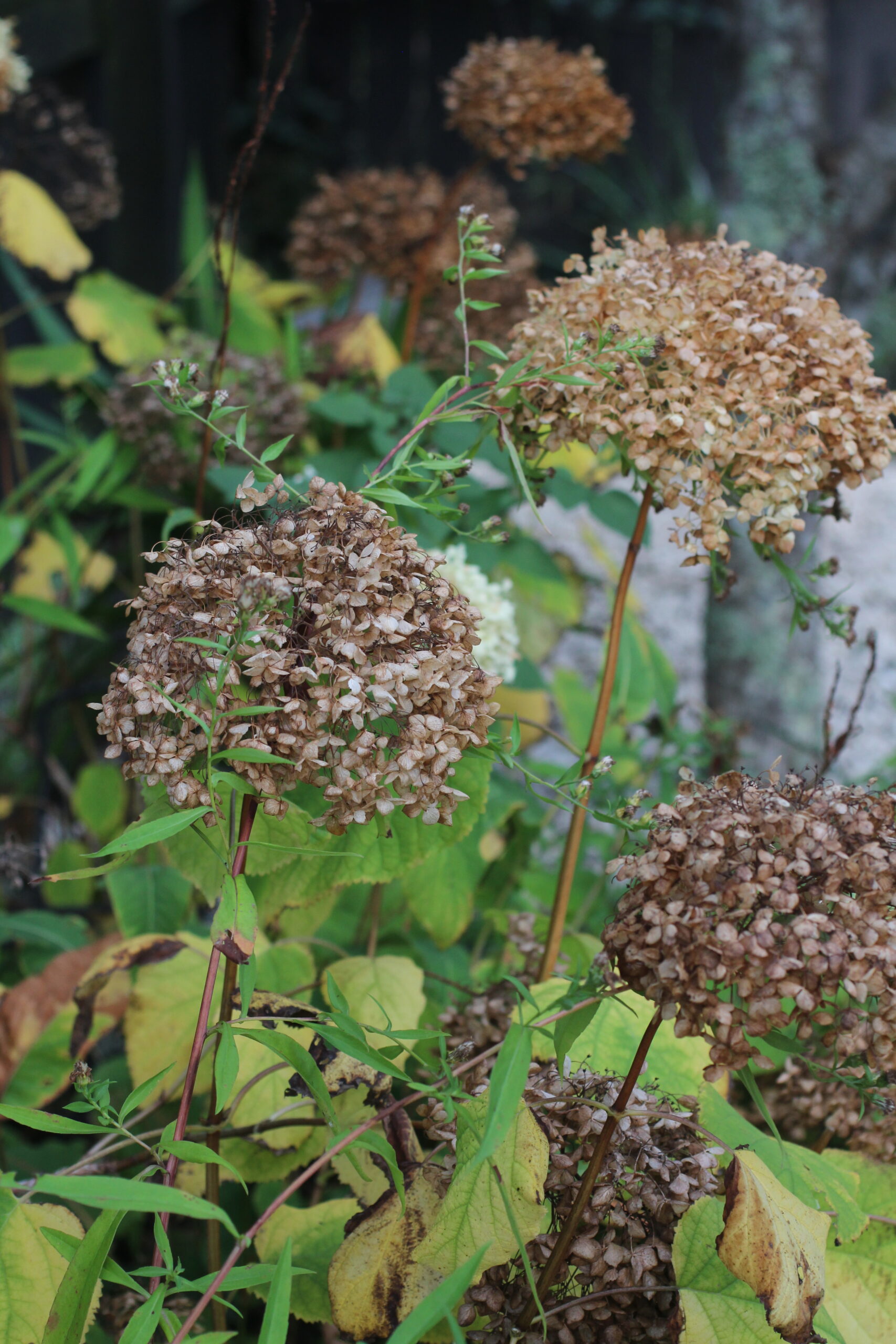
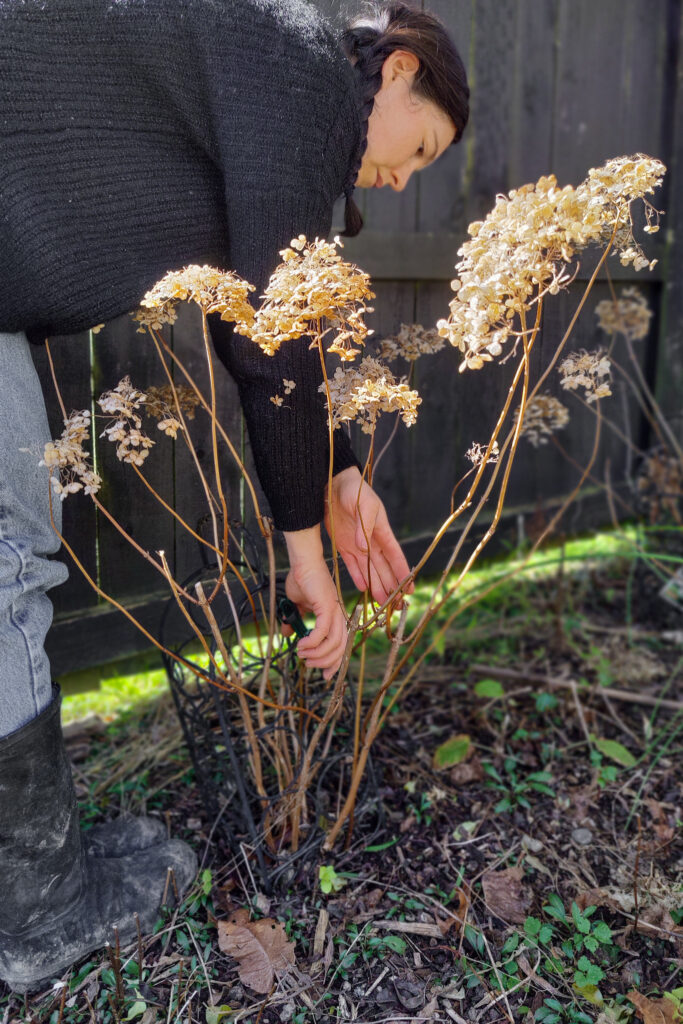
Pruning your hydrangeas in late winter/early spring
Depending on the hydrangea type, they differ in when they flower – Hydrangea macrophylla (mophead and lacecap) bloom on old wood and benefit from light pruning in late winter or early spring; Hydrangea paniculata and H. arborescens bloom on new wood and can endure hard pruning at this time. Meanwhile, Hydrangea quercifolia (oakleaf hydrangea) also blooms on old wood and should be pruned immediately after flowering in late summer.
How to prune Hydrangea macrophylla (lacecap and mophead)
For Hydrangea macrophylla, timing is everything. Prune in early spring, once new growth is visible, or a little later if frost still lingers in your region. Because this shrub blooms on last year’s wood, pruning should be light – clearing away dead stems, spent flowers, and a third of the oldest wood if the plant has become congested or too dense. To tell the difference between old and new wood, look at the colouring. Old wood is grey, while new wood is dark brown.
Follow each flower head down the stem until you find fresh flower buds, then make your cut just above the node. The aim is an open shape that promotes good airflow – giving space for new shoots and this year’s flowers to unfurl.
How to prune Hydrangea paniculata and Hydrangea arborescens
Hydrangea paniculata and Hydrangea arborescens are the hardier species of the hydrangea family, unfazed by the cold winter months. Because they flower on new wood, you can prune them in late winter or early spring. A hard cut – down to 20-30cm above the ground, just above the first healthy buds – will encourage strong, upright stems topped with endless summer blooms. This is particularly helpful for Hydrangea arborescens, which can otherwise flop under the weight of their heavy flowerheads in summer rain.
If you prefer a gentler hand, especially with Hydrangea paniculata, pruning back by a third to half will keep a good shape for a hedge or border while still refreshing their growth. Always finish by removing any dead wood to keep plants healthy and improve airflow.
How to prune Hydrangea quercifolia (oakleaf hydrangea)
Oakleaf hydrangeas are a little different from the others. Like mopheads and lacecaps, they flower on old wood, but the best time to prune them lightly immediately after flowering in summer. Simply trim away the spent blooms, remove any dead or crossing branches and shape the plant if needed. Because oakleaf hydrangeas also provide stunning autumn foliage, hard pruning is rarely required – a light trim keeps their structure while preserving next year’s flowers.

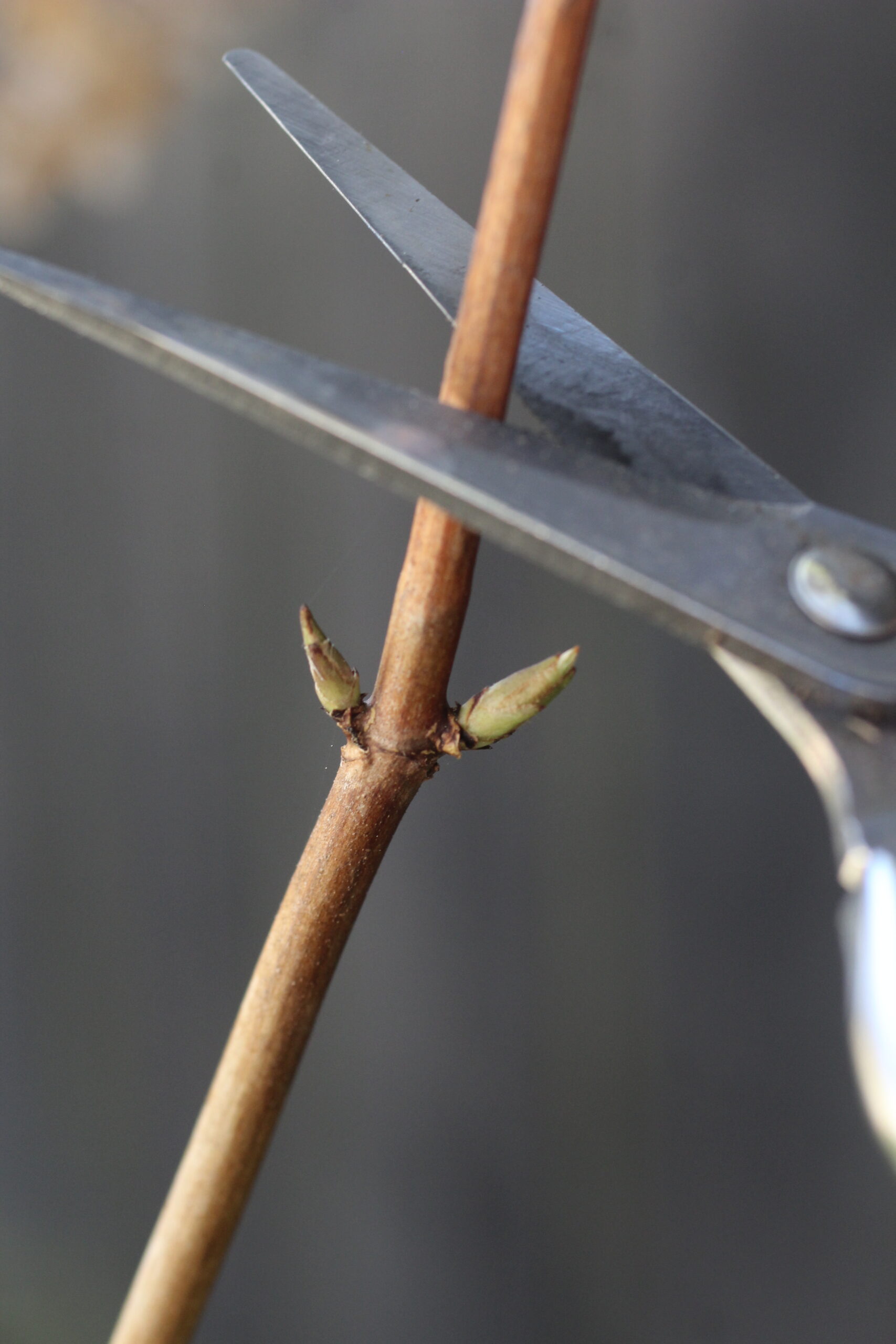
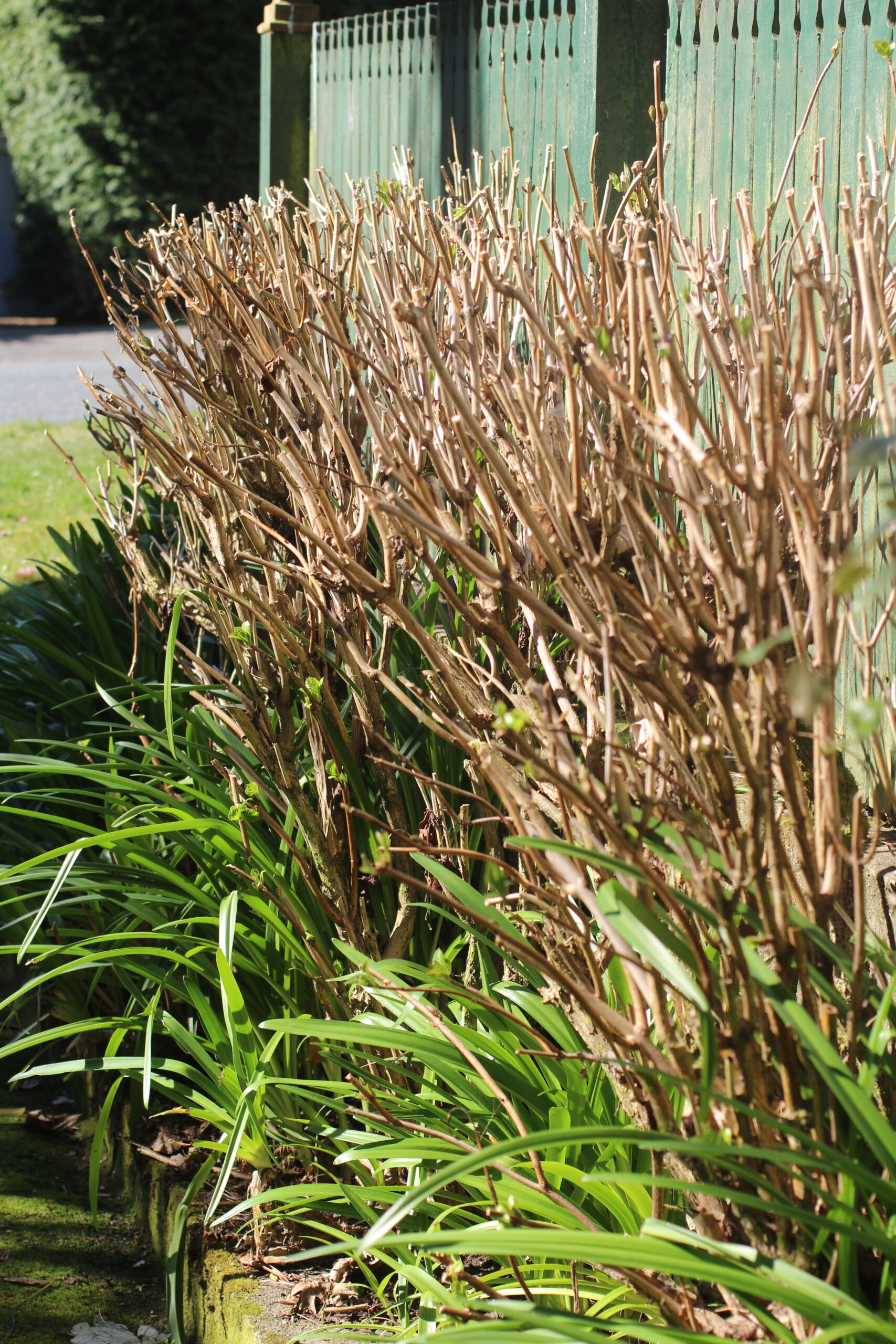
After pruning
Prunings needn’t go to waste – they can be gathered for drying and enjoyed indoors, or simply added to the compost to enrich the garden later.
To help your plants along, now is the time to add a layer of mulch the base of the plant with a generous layer of compost or other organic matter, which helps lock in moisture through the drier months.
And for those who enjoy experimenting, you can even influence the colour of your blooms by adjusting the soil pH: lime for pinker shades, sulfur (aluminium sulfate) for a truer blue.
Clearing away the remnants of winter and giving our hydrangeas the right kind of prune sets the stage for a season of summer flowering. Whether it’s the classic Hydrangea macrophylla, or more modern Hydrangea paniculata and Hydrangea arborescens varieties, each will respond well to a thoughtful prune, ready for the season ahead.
